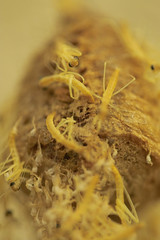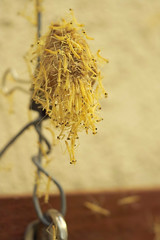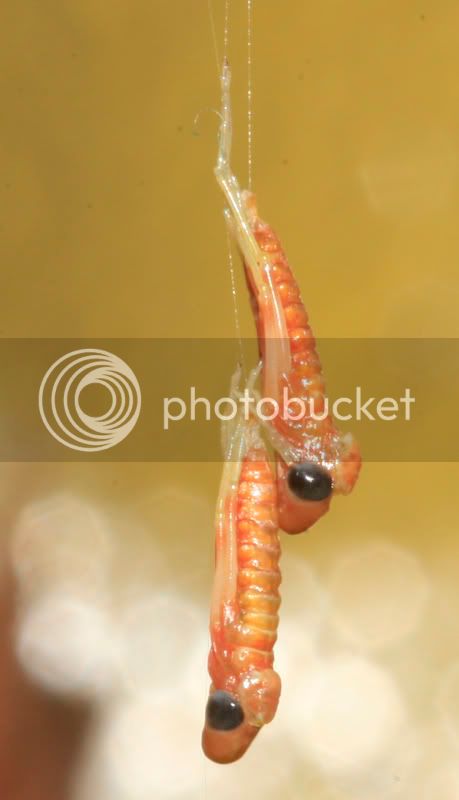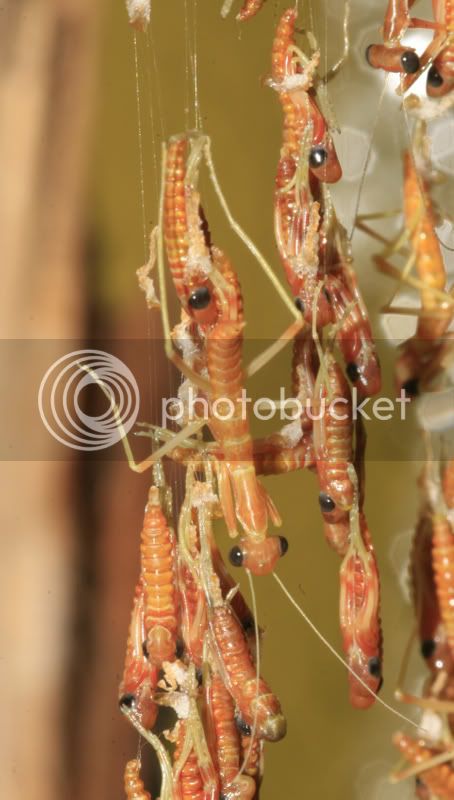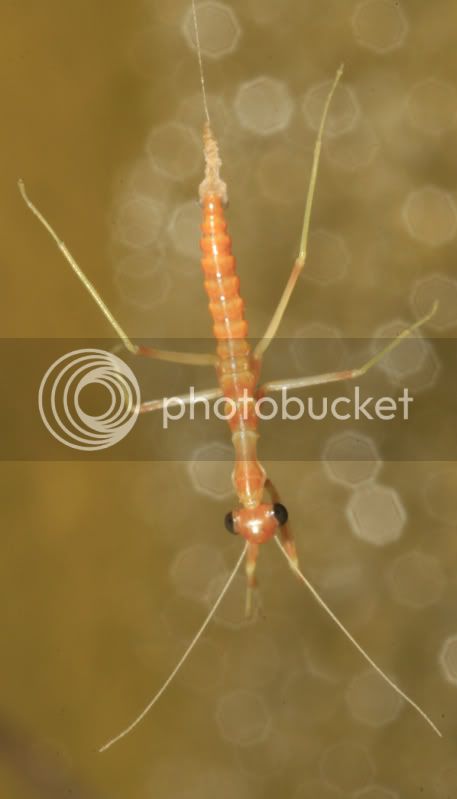kamakiri
Well-known member
Just wanted to propose a topic for discussion that I've thought about since I was about 7.
But to be clear, I think they wiggle out of the ooth as 1st instars...but are immediately molting into 2nd instars. I don't know of any other insects that hatch and leave more than just the egg case (especially those that eat their way out). So the thread and the cast skin are 'proof' of the first molt, right?
But to be clear, I think they wiggle out of the ooth as 1st instars...but are immediately molting into 2nd instars. I don't know of any other insects that hatch and leave more than just the egg case (especially those that eat their way out). So the thread and the cast skin are 'proof' of the first molt, right?











































